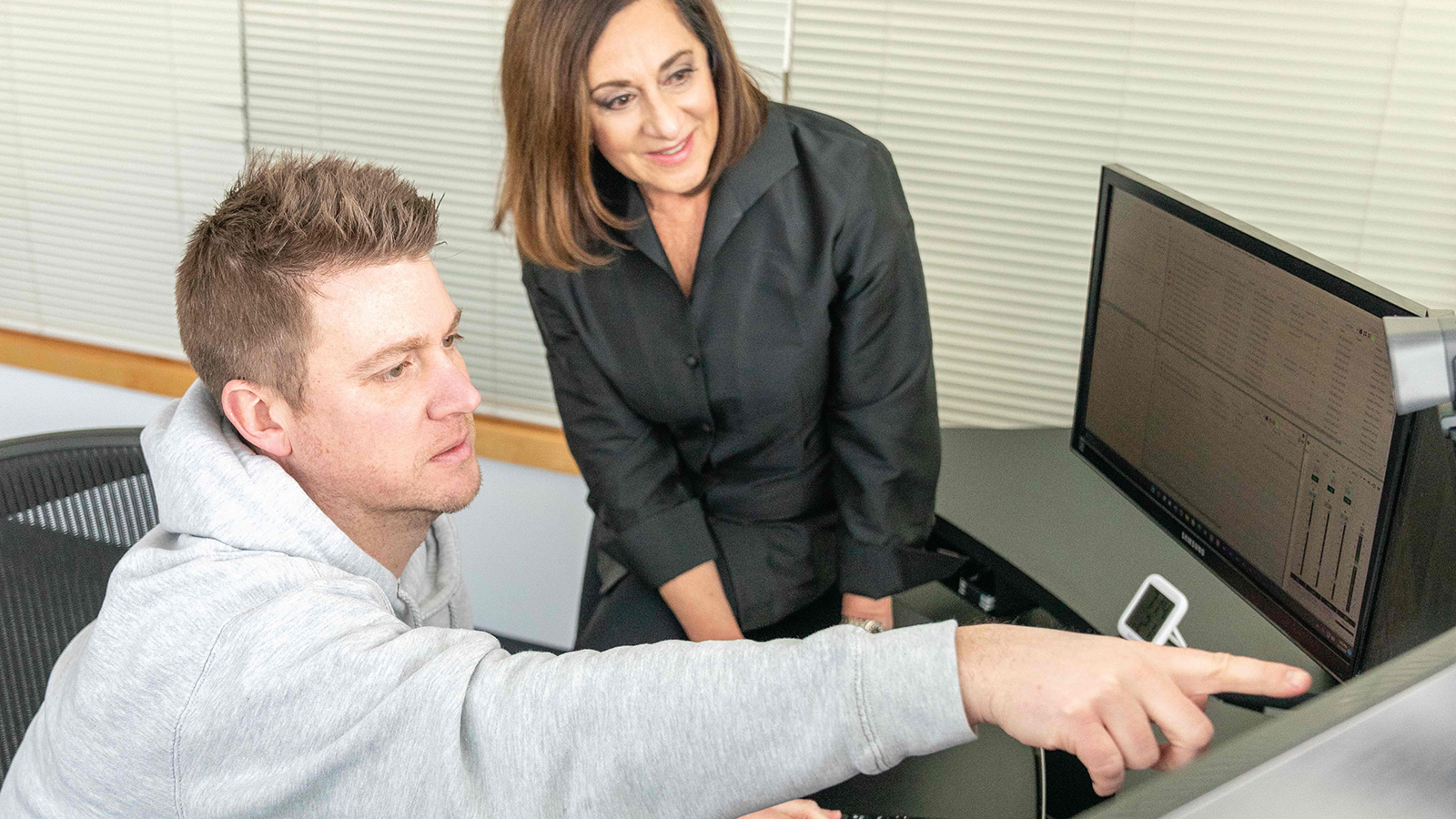
Video Pre-production: Common Questions and Costly Mistakes to Avoid
When it comes to video pre-production, we get lots of questions about the process. Pre-production is the first of three phases of video production where the planning and coordination occur. It’s the phase that some clients just want to skip over to get to the “exciting” stuff. Unfortunately, that is a big mistake. Everything you do in this phase sets the foundation for success. Here are the answers to some of the most common video preproduction questions.
What is video production?
Video production is the process of creating video content for various purposes, including entertainment, education, marketing, and communication. It involves several stages, each with specific tasks and roles, to produce a finished video. A breakdown of the key stages and elements involved in video production are:
- Pre-production: This is the planning phase where all the groundwork for the video is laid out.
- Production: This is the phase where the actual filming takes place.
- Post-production: This phase involves editing and finalizing the video.
- Distribution: Once the video is complete, it needs to be distributed to the intended audience.
In this blog post, we will focus on video pre-production and what it entails.
What is video pre-production?
Video pre-production is the initial phase in the video production process where all the planning and preparation for the actual filming (production phase) takes place. This phase is crucial as it sets the foundation for a smooth and successful production. Here’s an in-depth look at the key components of video pre-production:
Conceptional Development
Brainstorming ideas and determining the core message or story. Defining the purpose of the video, such as educating, entertaining, or marketing.
Scriptwriting
Drafting a script with dialogue, scenes and actions in a structured format. Then reviewing and refining the script to ensure clarity and impact.
Storyboarding
Creating a series of sketches or images that represent each scene. Detailing the types of shots needed.
Budgeting
Calculating the costs for all aspects of production, including personnel, equipment, locations and post-production.
Scheduling
Planning the production schedule, including pre-production tasks, shoot dates and post-production deadlines.
Casting
Finding and auditioning actors or on-screen talent, if needed.
Location Scouting
Exploring potential locations for filming and securing the necessary permits and permissions for shooting, if needed.
Equipment Planning
Identifying and arranging for the necessary cameras, lights, sound equipment and other gear.
These are the highlights of pre-production. Pre-production is essential for the success of any video project as it ensures that all the necessary planning and groundwork are completed, reducing the risk of issues during the production and post-production phases.
How long does video pre-production take?
The duration of pre-production can vary depending on the project’s complexity and scope. For small projects, it might take a few days to a couple of weeks, while larger projects can take several months. Factors such as script development, location availability, and scheduling can impact the timeline.
Why all the questions about company strategy? I just want to make a video.
Thinking it’s just a video is a big mistake. Everything you produce really should be a part of a strategy, not a one-off. It needs to be aligned with your organization’s goals, the look and feel of your company. And if you think of it as a one-time thing it likely won’t be very useful to your organization or its brand. If you really want the production company to help you, you need to share your strategic goals with them. What are your company goals and where do you see the video fitting in?
Who should be involved in video pre-production?
This is tricky. If you do not get the right people involved early on you can head down the wrong path. This is especially an issue with larger companies where you may need executive buy-in or legal sign-offs. Talk about who should be involved. A good way to proceed is to start brainstorming with a larger group and then get it down to a few key decision-makers. If the people at the table don’t understand the big picture of the company, they’re likely to miss key messaging for the video. You should also be aware of any company changes that might affect the project. That can include branding updates, leadership shifts, organizational or personnel changes.
How much content can you communicate in a 2:00 video?
One of the most common mistakes is trying to do too much in a short period of time. People have a limited attention span. If you try to pack too much into a video people will turn it off. You can’t overwhelm the audience with too many statistics, too many messages, or too many points of view. You need to be very clear and synthesize the content and we have strategies that will help you do that. One easy thing to do is have three key messages- no more.
Can I use the same video for multiple audiences?
Video needs to be very targeted, and you must consider your audience. Someone that has used your product or service needs and wants to know different things than a new buyer. Advanced training for experienced professionals is different than new hires. If you are a manufacturer that serves different industries, you may want to show how your products are applied to meet their specific needs rather than do a general video. Additionally, what your employees need to hear may be very different than what your customers want to know. If you consider the different audiences during preproduction, you can create a number of different targeted pieces simultaneously using the same raw video.
How do I determine a budget for my video?
I like to say that creating a video is a lot like making a car. We can make a Mercedes or a Kia. Often clients have an idea of what they want to spend. In that case, we tailor the project to the budget. We know how many days we can shoot, hours of graphics and more that can be accomplished.
If you do not have a budget in mind, we offer different ways to produce the content using cost ranges. You get to decide what you are comfortable spending. Start with the end in mind. There are certain techniques and styles that work really well for training. And there are budgets associated with this type of production. Trying to wow someone with a new product or service? This type of video requires a higher level of creativity and production value. And a bigger budget.
A common mistake is to try and do too much on a modest budget. When dollars are limited, keep the production simple and well-executed. When you do need a show-stopper, spend more money. Always align the budget with the results you want to achieve and you won’t overproduce or underproduce your video.
Are you looking to create a new corporate video, or have video preproduction questions you need answers to? Give our team a call and we’ll provide you with the answers you need.
Cynthia Kay founded Cynthia Kay and Company media production 35 years ago. The company produces communications for organizations from Fortune Global 100 to small businesses. A graduate of Michigan State University, Kay holds a master’s in communications from Western Michigan University.
She is the Past Board Chair of the Small Business Association of Michigan (SBAM) and the National Small Business Association (NSBA). Cynthia has been honored with many awards including numerous Tellys and Woman Owned Small Business Supplier of the Year from Siemens in 2018. She has been named One of West Michigan’s 50 Most Influential Women 5 times. She is also the recipient of over 30 broadcast awards from UPI, AP and other news organizations.



